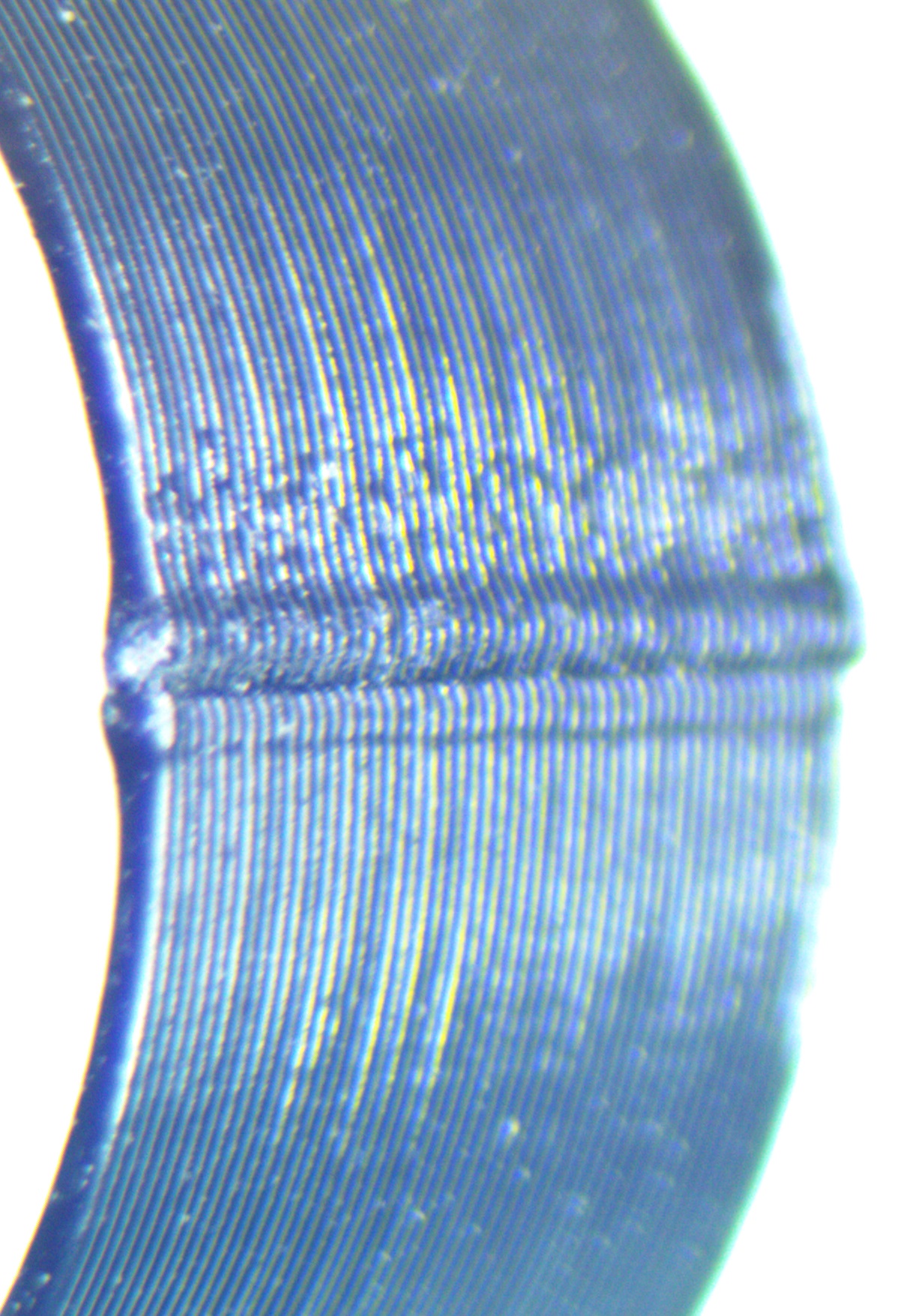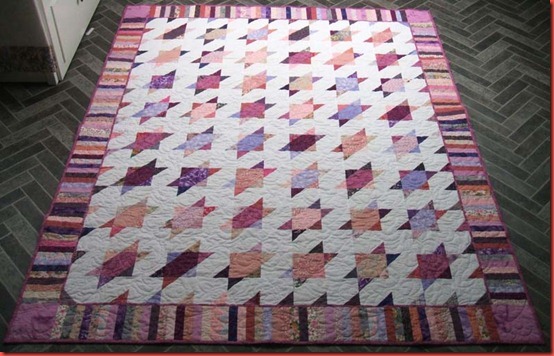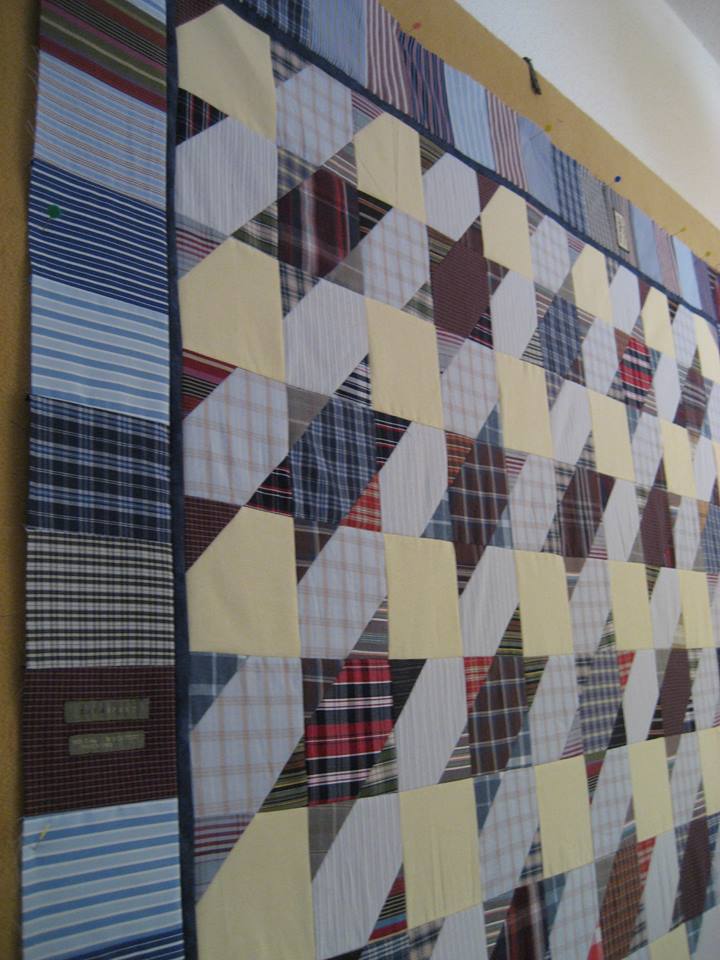

We’ll start with a single corner and then use Mirror to build it back out, greatly reducing the amount of work we have to do. We’re going to take advantage of the fact that this object is more or less symmetrical in all three dimensions. Switch to the Left view, highlight the polys on the left and bottom halves and delete those, too. Switch to the Front view and, in Polygon mode, use Area Select to highlight the polygons on the right side of the mesh. In the browser, rename the resulting mesh “Main.” With the cylinder selected, select Objects > Make Editable, or simply double click the cylinder icon in the Object Browser. (This will snap any movements to the grid in one-unit increments.) Move the cylinder two units in the negative X direction. Select Transform, with Snapping set to Raster with a raster width of 1.0. Create a cylinder 2 units high, with 20 longitudinal sections, 6 height sections, a radius of 1, and no covers. Start a new file and save it as tJunction.jas (or whatever name you prefer). A top priority will be to end up with a mesh consisting entirely of quads – four-sided polygons – because they subdivide more evenly than other types of polygons. They can be found in the main Tools menu, and also in the context menu that appears when you right click anywhere in the 3D view. We’ll use the Transform tool’s Snapping settings so we can work quickly and accurately, so take a couple of minutes to review how those work if you haven’t used them before.
DELETING SEAMS IN CHEETAH3D HOW TO
But we’ll try to make the rest of it as accurate as possible.įor this tutorial you’ll need a basic familiarity with Cheetah 3D: How to create objects, use the Object Browser, navigate around the 3D view, and use the Transform tool. In our scene, it will be connected to conduits, so we’ll be leaving out the inner threads on the joints. Here is what a T style electrical conduit looks like. A fine Malleable Iron T Style Conduit Body, featured on the Garvin Industries website.

It will provide a decent modeling challenge that involves creating and combining several meshes and working with many of Cheetah’s modeling tools. Every artifact is designed by someone, and many day-to-day items that we take for granted can rise to the level of art when you look at them closely.Ī T-junction may not fall into this category, but it’s still a workmanlike bit of design that gets the job done. To make a believable model you must have good reference material – but also curiosity and an appreciation of how things are put together. Unity for Absolute Beginners assumes that you have little or no experience with game development, scripting, or 3D assets, but are eager to get up-to-speed as quickly as possible while learning Unity in a fun and interactive environment.One aspect of modeling that I didn’t anticipate is that it will turn you into a keen observer. As can be expected, there will be plenty of destruction, special effects and mayhem along the way. Using the provided art assets, you will learn the fundamentals of good game design and iterative refinement as you take your game from a simple prototype to a quirky, but challenging variation of the ever-popular first-person shooter.

You'll explore C# scripting in Unity, and learn how to use the Unity API. You'll learn how to import, evaluate and manage resources. With Unity for Absolute Beginners you'll become familiar with the Unity editor, key concepts and functionality. This book assumes that you have little or no experience with game development, scripting, or 3D assets, and that you're eager to start creating games as quickly as possible, while learning Unity in a fun and interactive environment.
DELETING SEAMS IN CHEETAH3D FREE
Using the free version of Unity to begin your game development career, you'll learn how to import, evaluate and manage your game resources to create awesome third-person shooters. Unity for Absolute Beginners walks you through the fundamentals of creating a small third-person shooter game with Unity.


 0 kommentar(er)
0 kommentar(er)
